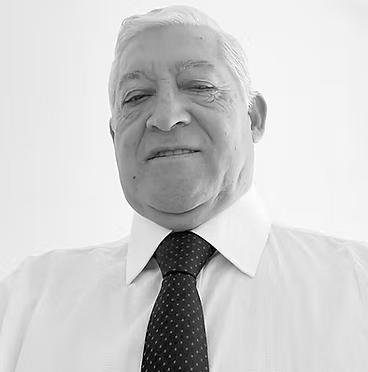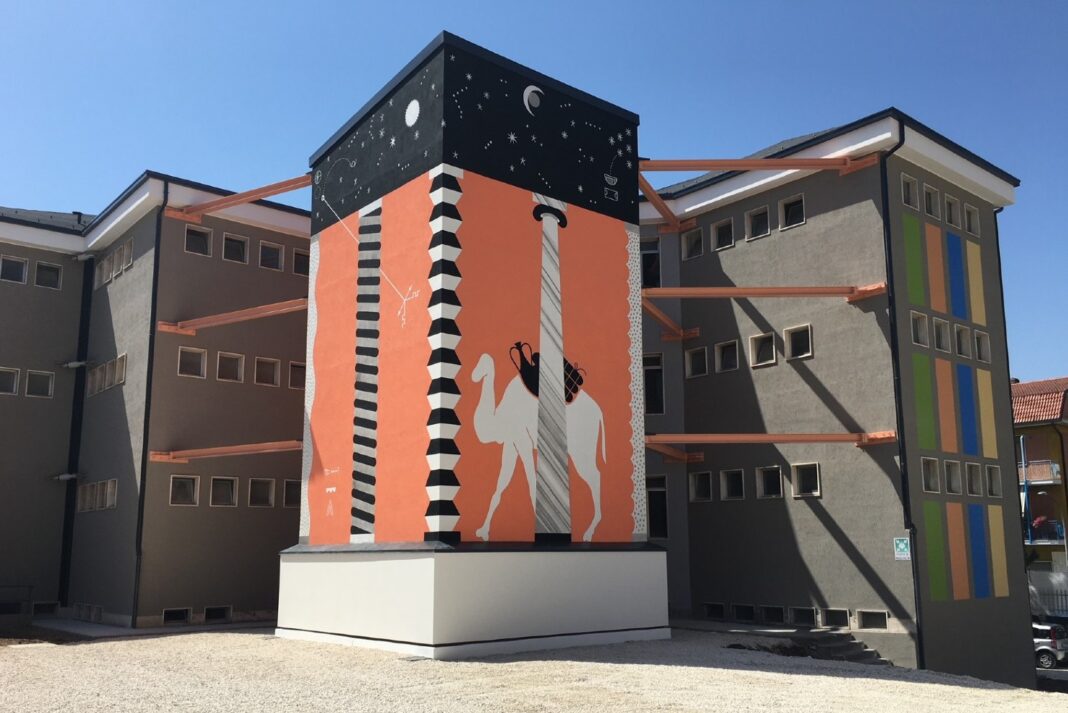Tailored strategies to protect ideas and innovation
In a world where innovation moves at lightning speed and the lines between creativity, technology, and business are increasingly blurred, the real challenge is not just coming up with new ideas, but recognizing their value and protecting them with awareness. This is the space where Rosso Borghero operates—a boutique law firm founded in 2019 by Gianluigi Borghero. A reality built on a strong foundation of shared values, the firm places listening, precision, and tailored consulting at its core—far from standardized models.
With a strategic and multidisciplinary perspective, the firm guides companies and creators through the legal enhancement of their intangible assets, combining legal rigor, technology, and economic sustainability. We sat down with Gianluigi Borghero to discover how this firm came to be, what it truly means to protect an idea, and what the most pressing challenges are in intellectual property protection—today and in the future.
How did Rosso Borghero come about? What was the spark that ignited your boutique law firm?
Rosso Borghero was founded in 2019 to channel and enhance the professional experience I had successfully built over the years working with leading national and international consultancy firms. The project was soon enriched by the valuable participation of my colleague and friend, Francesco Romanelli. I met him a few years before embarking on this journey, while we were both providing legal assistance to the same client. From there, a professional alliance was born—grounded in shared values and friendship.



The Rosso Borghero team, from left: Gianluigi Borghero, Francesco Romanelli, and Julio José Herrera Fernández.
What does it mean to you to be a “boutique of experts”? What advantages does this model offer your clients?
We like to define ourselves as a boutique because it evokes the idea of a traditional workshop—where each client receives direct, tailor-made assistance. Through our expertise, we protect and enhance innovation and creativity in all their forms. The first advantage is the direct, unmediated contact with our clients—whom we deliberately refer to as Assistiti (those assisted)—and the opportunity to build a lasting, human and professional relationship based on trust, respect, and the achievement of jointly defined, concrete goals.
What philosophy guides your daily work?
We prioritize our passion for ongoing study, updates, and professional dialogue—so we can offer assistance that is conscious, bespoke, and never rendered without first listening.
Our philosophy can be summed up as: paying attention to the details without losing sight of the bigger picture and our client’s true interests.
We often talk about “protecting ideas”: when is the right moment to start protecting a creation or innovation?
The first step is becoming aware of the nature, content, value, and role that innovation and creativity play in one’s business. Unfortunately, this awareness is not always present—especially among SMEs, despite public outreach and institutional incentives.
Once that awareness is established, the next step is to identify and map the innovation, with the help of professionals. Only then can protection and economic enhancement be pursued through the most appropriate forms, methods, and timing.
What are the most common mistakes companies make when it comes to intellectual property?
Many mistakes stem from a “do-it-yourself” mindset—believing that obtaining an IP title (patent, design, trademark, etc.) is just a matter of filling out a form. This often leads to rejected applications or poorly constructed IP rights.
Another widespread mistake is the lack of a clear legal protection strategy—typically due to the absence of expert guidance.
In our experience, clients often reach out only after a problem has already emerged. Many fear what they perceive as avoidable costs and skip preventative legal advice. The best approach is a thorough risk analysis early on—evaluating consequences of a potential incident and planning for both prevention and mitigation with tailored legal measures.
You’ve introduced legal project management. What does it entail, and what are the benefits for your clients?
For us, legal project management is a natural evolution of our artisanal approach. It moves beyond simply handling legal “cases” or filing IP applications. Instead, we share an organized project management methodology with our Assistiti: listening to their needs, assigning the right professionals, planning timelines, and clearly defining costs—always with realistic, achievable goals in mind.
Clients benefit from having each matter treated as a structured project, with agreed parameters, ongoing monitoring, and updates. This enables us to respond quickly to unexpected developments and avoid surprises.
How important is personalization in legal protection, and how do you tailor your services to each client?
It’s absolutely essential. Each Assistito has their own unique characteristics, challenges, and priorities. Offering the same solution to everyone is typical of larger firms—and it leads to rigidity, due to the distance between management and those providing the service.
Such standardization does not fit well with the diverse and dynamic Italian entrepreneurial landscape. After all, there’s a difference between off-the-rack and tailored clothing, isn’t there?
How do you balance the legal rigor with the need to respect budgets and timelines?
As mentioned, planning and monitoring each legal project allows us to keep our Assistiti promptly informed of any changes to cost or timing. We do provide time estimates, though we’re careful not to present them as “guaranteed,” since some variables—though not all—are unpredictable.
You also operate internationally: what are the main challenges in global IP protection?
I believe the greatest and most urgent challenges in international IP protection stem from the digital revolution and its future developments. We all benefit daily from technological innovation, but behind the seamless flow of information, content, and data—and the ease and speed of digital transactions—lie risks that threaten traditional forms of IP protection.
Take, for instance, generative AI and its implications for intellectual property.
Which technologies are proving most useful to you, and how are they changing your work?
There’s no doubt the digital era is transforming our field. Databases and AI help us retrieve strategic information faster and more accurately, and they support better project management. We use software to manage our clients’ IP portfolios with precision and rely on cutting-edge IP intelligence tools to monitor online and offline markets—helping prevent or respond to counterfeiting and piracy. In our sector, technology has become an essential ally.
What is your approach to artificial intelligence—both as a subject of protection and a tool?
AI’s impact on society and work is clear to all. I believe we are in the midst of a technological revolution that will undoubtedly bring benefits. However, many ethical and social questions remain unanswered and require regulatory intervention.
I’m referring, for example, to data protection under GDPR, or the use of copyright-protected data to train AI models, among others.
In your view, how is intellectual property law evolving?
Outlining the key stages of this evolution is difficult in just a few lines. Every economic and production sector—beyond the broader impact of digital and technological shifts—now requires an interdisciplinary approach. This involves combining deep expertise in IP and industrial law with cross-cutting knowledge of specific, rapidly evolving EU and international regulations.
What challenges and opportunities do you foresee in the coming years?
The biggest challenge will be helping clients recognize the fundamental difference between a standardized, cost-cutting legal approach (whose value is declining) and our tailored method—offered at sustainable costs, using the same advanced technology.Beyond the growing role of digitization and AI—which I’m certain will make compliance essential for businesses—I foresee significant developments in “Green IP” and “IP Finance”.



